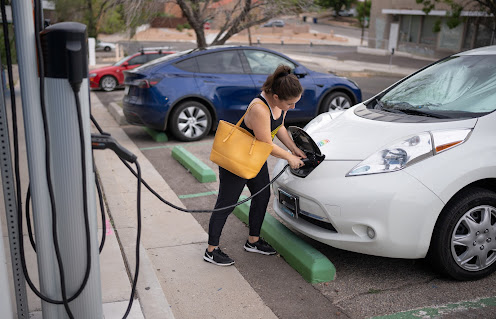 |
| The new technology demonstrates how a camera and artificial intelligence can be used to extract cardiac signals from a person's forehead. Photo Credit: University of South Australia |
Monitoring blood pressure using a digital camera could soon be the norm, thanks to an innovative technique demonstrated by Australian and Iraqi researchers.
Using the same remote-health technology they pioneered to monitor vital health signs from a distance, engineers from the University of South Australia and Baghdad’s Middle Technical University have designed a non-contact system to accurately measure systolic and diastolic pressure.
The researchers claim that it could replace the existing uncomfortable and cumbersome method of strapping an inflatable cuff to a patient’s arm or wrist, the researchers claim.
In a new paper published in Inventions, the researchers describe the technique, which involves filming a person from a short distance for 10 seconds and extracting cardiac signals from two regions in the forehead, using artificial intelligence algorithms.
The systolic and diastolic readings were around 90 per cent accurate, compared to the existing instrument (a digital sphygmomanometer) used to measure blood pressure, that is itself subject to errors.

.jpg)



.jpg)

.jpg)





.jpg)


.jpg)



.jpg)

